The Best 5 Film Stocks for Street Photography
The art of street photography captures life in its most candid and unscripted moments, telling stories of a city's heartbeat through the lens of a camera. In the modern age of digital dominance, the tactile allure of film photography has witnessed a resurgent interest among photographers looking to infuse their street scenes with the unmistakable character and depth that only film can provide. This article explores the best film stocks for street photography, guiding both novices and seasoned practitioners through the world of analogue to capture the essence of urban life. Written by our friends at Analogue Wonderland so forgive the British English spellings throughout!
Why Shoot Street Photography on Film Rather than Digital?
The choice between film and digital photography is a decision that influences the very fabric of the images created. Street photography on film offers a distinctive aesthetic, rich in texture and depth but it is the physical nature of film, with its grain and dynamic range, that makes the real difference. Shooting on film demands a deliberate approach, encouraging photographers to slow down and compose their shots with intention. This can foster a deeper connection between the photographer and the moment captured.
Unlike digital photography, where the outcome is immediately visible, you have to wait to see your film photos. I’ve always believed that this delay in gratification enriches the photographic process, making the final reveal of the developed photos a moment of discovery. Additionally, the finite number of exposures on a roll of film imposes a thoughtful restraint, compelling photographers to engage more profoundly with their surroundings and the unfolding stories. This limitation, paradoxically, opens up a realm of creativity and mindfulness that defines the essence of street photography.
Of course the limitations of film will mean that you will miss certain shots. Street photography is fast and immediate, with light situations often changing dramatically from moment-to-moment. A digital camera - or even an iPhone - is better equipped to cope with the technical needs. But if you’re reading this article then I’d bet you’re already open to the notion that technical perfection doesn’t necessarily lead to better photos! And if shooting film was good enough for Henri Cartier-Bresson then we probably don’t need to worry.
So let’s dive into the top 5 film stocks that will allow you to capture unforgettable street photos.
Kodak Tri-X 400
Kodak Tri-X 400 is an iconic figure in the realm of black and white film, renowned for its versatility and dynamic range that make it an excellent choice for street photographers. With an ISO of 400, Tri-X offers sufficient speed to capture the fleeting moments of urban life, even in lower light conditions. This film stock is celebrated for its ability to render complex scenes with a rich gradation of tones, from the deepest blacks to the brightest highlights, ensuring that every detail of the street narrative is faithfully captured.
One of the defining characteristics of Tri-X is its pronounced grain structure, which adds a tangible texture and depth to images, imbuing them with a timeless quality. This graininess plays a crucial role in enhancing the emotional resonance of a photograph, making it a favourite among street photographers who seek to tell compelling stories through their work. Whether shooting in the harsh midday sun or the soft glow of dusk, Kodak Tri-X 400 adapts remarkably well, offering a consistent performance that has earned it a place in the hearts of film enthusiasts around the globe. Don McCullin has always been a fan!
Tri-X's high contrast is particularly suited to the dramatic interplay of light and shadow often found in urban environments. This film stock excels in translating the vibrancy and energy of the street into striking black and white images, where every shadow and highlight contributes to the unfolding drama. It allows for a degree of experimentation, enabling photographers to push or pull the film to achieve their desired aesthetic, making Kodak Tri-X 400 a versatile companion for the unpredictable nature of street photography.
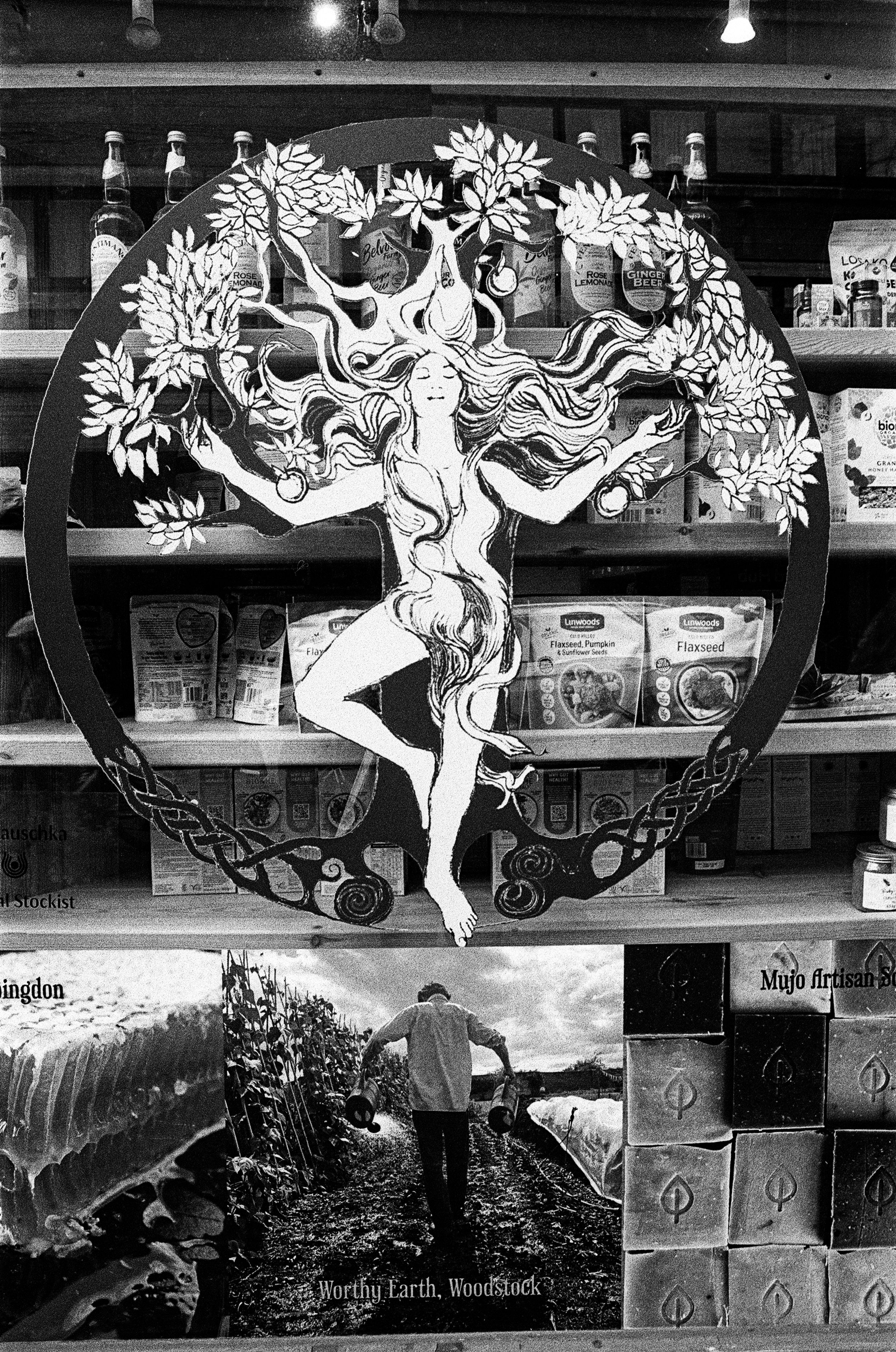
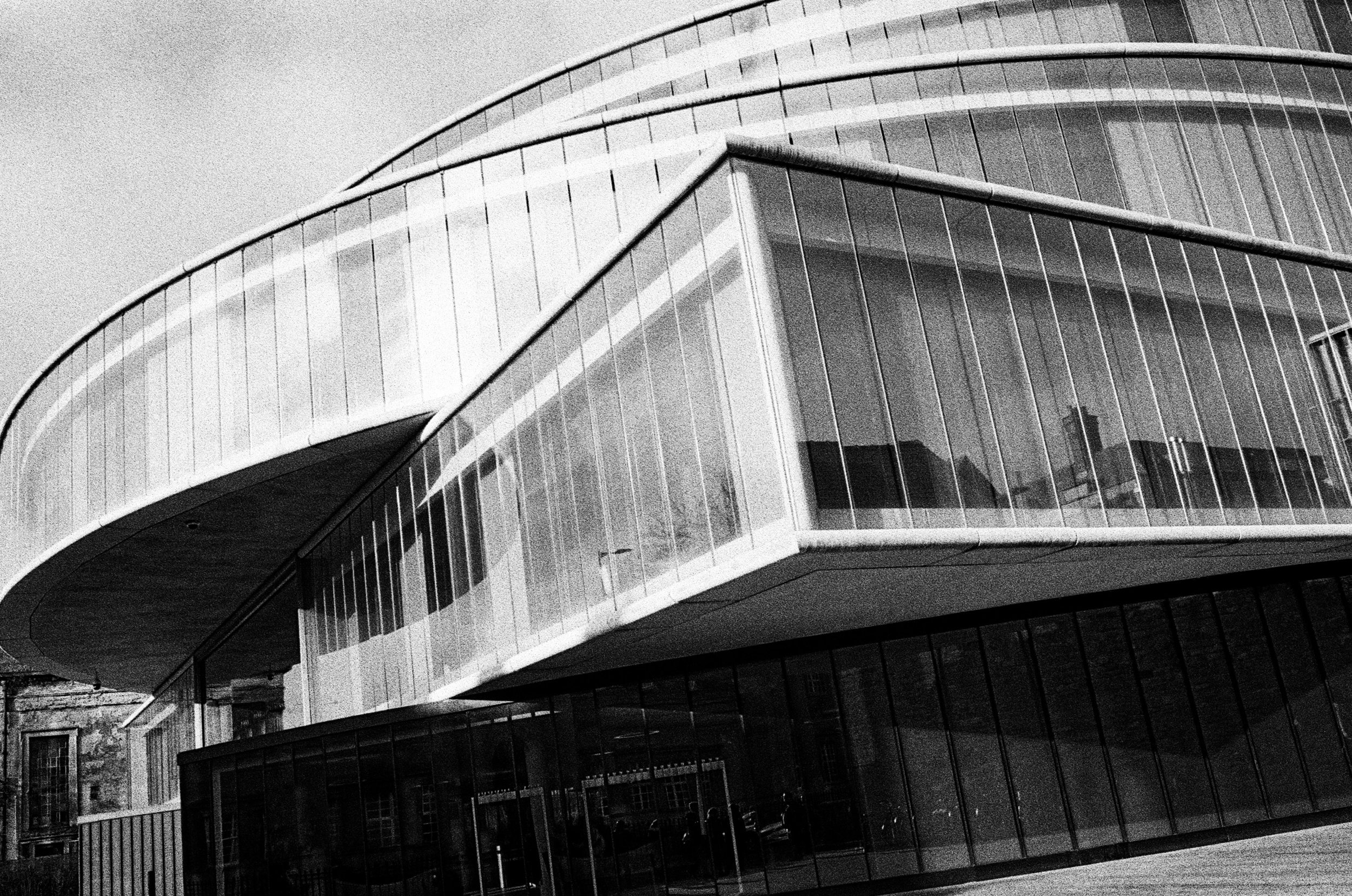
2. Ilford HP5 Plus
We couldn’t talk about iconic street photography film stocks without the UK-bestselling Ilford HP5! Similar to Kodak Tri-X, HP5 is a 400 ISO black and white film that has garnered widespread acclaim among street photographers for its remarkable versatility and nuanced performance in a variety of lighting conditions. HP5 Plus ensures photographers are well-equipped to capture the spontaneity of street scenes, from sunlit avenues to shadowed alleys, without compromising on detail or texture. Despite the similarities of its specification, HP5 is noticeably less contrasty than Tri-X which will provide a totally different final look to your images.
One of Ilford HP5 Plus's most compelling attributes is its wide exposure latitude, offering photographers ample room for error in unpredictable lighting environments. This characteristic is particularly valuable in street photography, where changing light conditions are part of the day's rhythm. The film's ability to be pushed or pulled—increasing or decreasing its sensitivity in development—provides additional creative flexibility, allowing for greater control over the visual outcome of each shot.
The grain structure of Ilford HP5 Plus is finer than that of many other films with a similar speed, contributing to the film’s sharpness and making it an excellent choice for capturing the intricate details of urban landscapes. Its balanced contrast ensures that images have depth and dimension, with a tonal range that faithfully reproduces the subtleties of the scene being photographed. Whether you’re capturing the dynamic movement of city life or the quiet moments that unfold unnoticed, Ilford HP5 Plus 400 delivers consistently high-quality results, making it a steadfast companion for the street photographer.
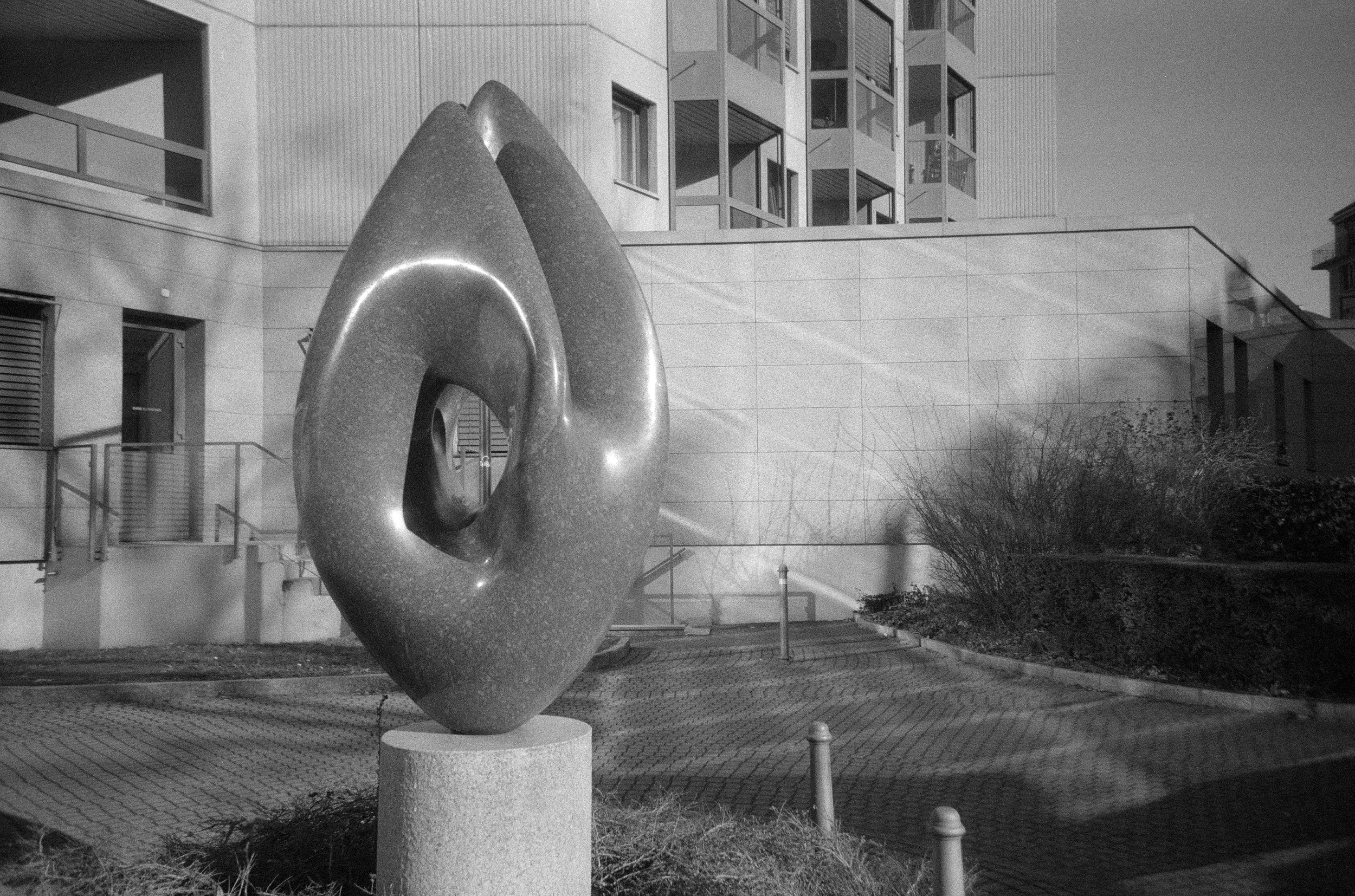
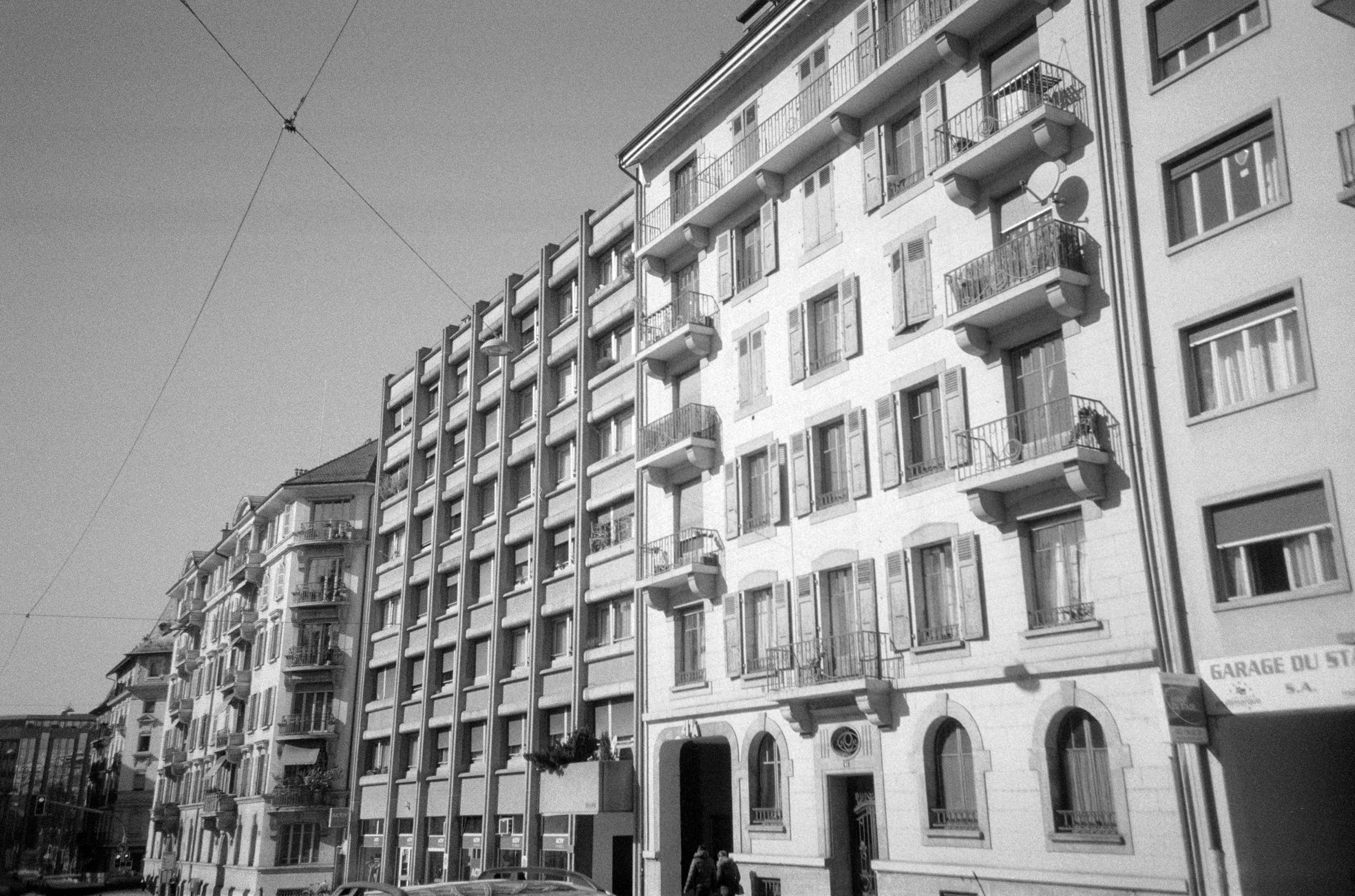
3. Fujifilm Neopan Acros II
Fujifilm Neopan 100 Acros II is another black and white film stock but with a very different set of attributes. It stands out for its ultra-fine grain and exceptional sharpness. These characteristics make it a superb choice for street photographers who prioritise detail and subtlety in their compositions. With an ISO of 100, Acros II is slower than the previously discussed films, requiring more light but rewarding photographers with images of remarkable clarity and depth.
The rebirth of Acros II in 2019 was met with enthusiasm from the film photography community, as it offers a unique combination of rich tonality and unmatched resolution. This film excels in rendering the delicate textures of the urban environment, from the roughness of aged brickwork to the smoothness of modern architecture, capturing the essence of the street with an almost palpable realism.
Acros II's standout feature is its rendering of blacks and whites, producing deep, rich blacks and luminous whites that bring a dramatic contrast to images without sacrificing detail. This makes it particularly well-suited for high-contrast scenes common in street photography, where light and shadow play a pivotal role in the narrative. Additionally, its remarkable reciprocity characteristics make it an excellent choice for long exposures, expanding the creative possibilities for photographers exploring the quieter, more contemplative moments of street life after dusk. Personally I’d look for strong shapes and bright light to bring this film’s strengths to the fore
Despite its slower speed, the precision and quality of Fujifilm Neopan 100 Acros II make it a compelling choice for street photographers looking to capture the world with a level of detail and texture that brings the urban landscape to life.
4. Kodak Portra 400
Yes, it’s time for some colour! Kodak Portra 400 is the go-to colour film for many street photographers due to its exceptional versatility and unparalleled colour rendition. With an ISO of 400, it strikes a perfect balance between speed and grain, allowing for the capture of vivid street scenes across a wide range of lighting conditions. Portra 400 is famed for its natural skin tones and soft, pleasing colour palette, making it an ideal choice for urban portraits amidst the hustle and bustle of city life.
What sets Portra 400 apart is its extraordinary exposure latitude. This film is forgiving of exposure mistakes, capable of producing stunning images even when overexposed or underexposed, lending a level of flexibility prized by street photographers who must often react quickly to changing scenes. I’ve often pushed it to 800 or even 1600 and still retained fantastic colours and detail. This feature, combined with its fine grain, ensures that each photograph retains clarity and detail, whether shot in the bright midday sun or during the golden hour.
This ease of use, combined with its aesthetic qualities, makes Kodak Portra 400 a favourite among both novices and seasoned professionals in the realm of street photography. It truly is the kind of film you can load, shoot, and trust it to deliver!
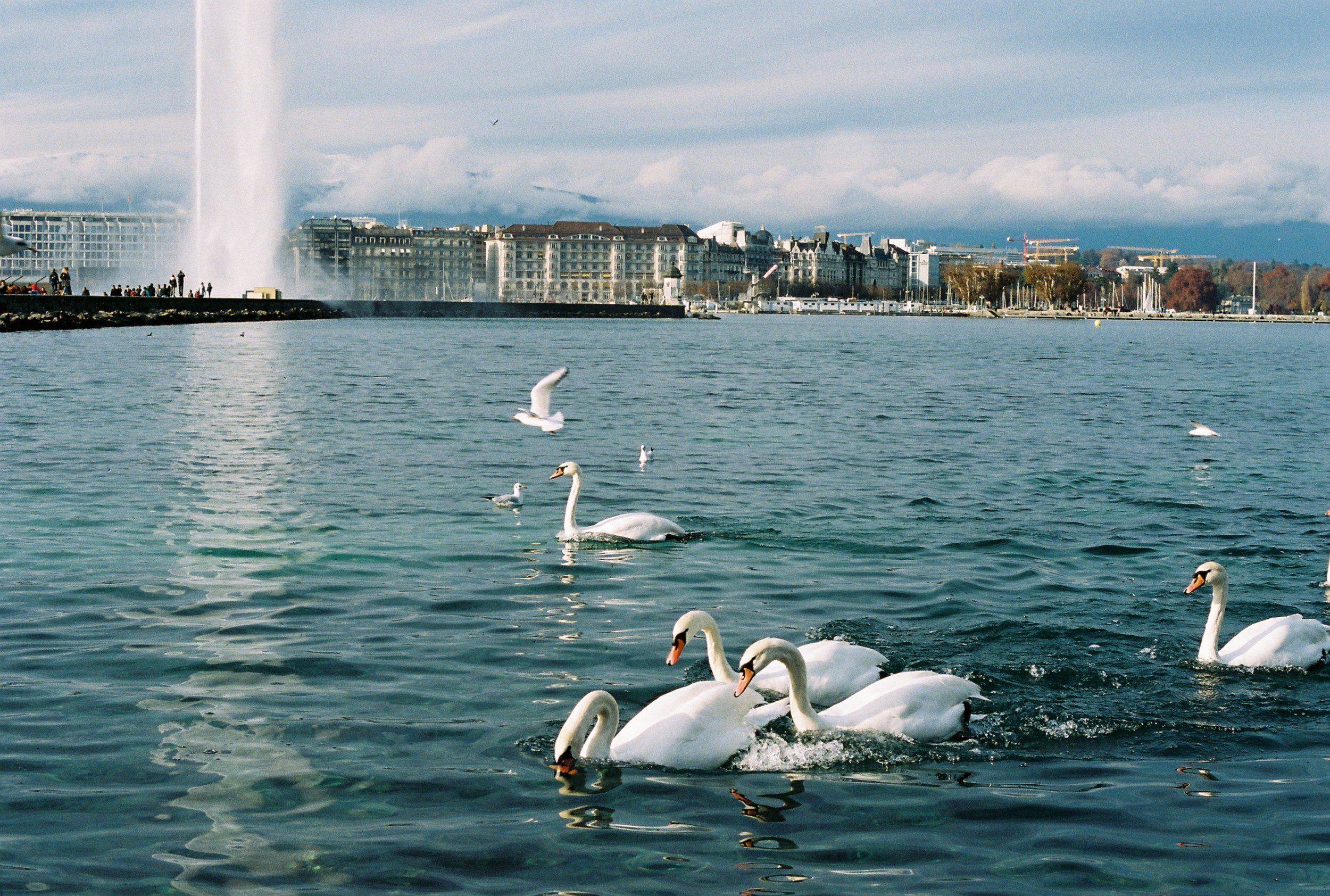
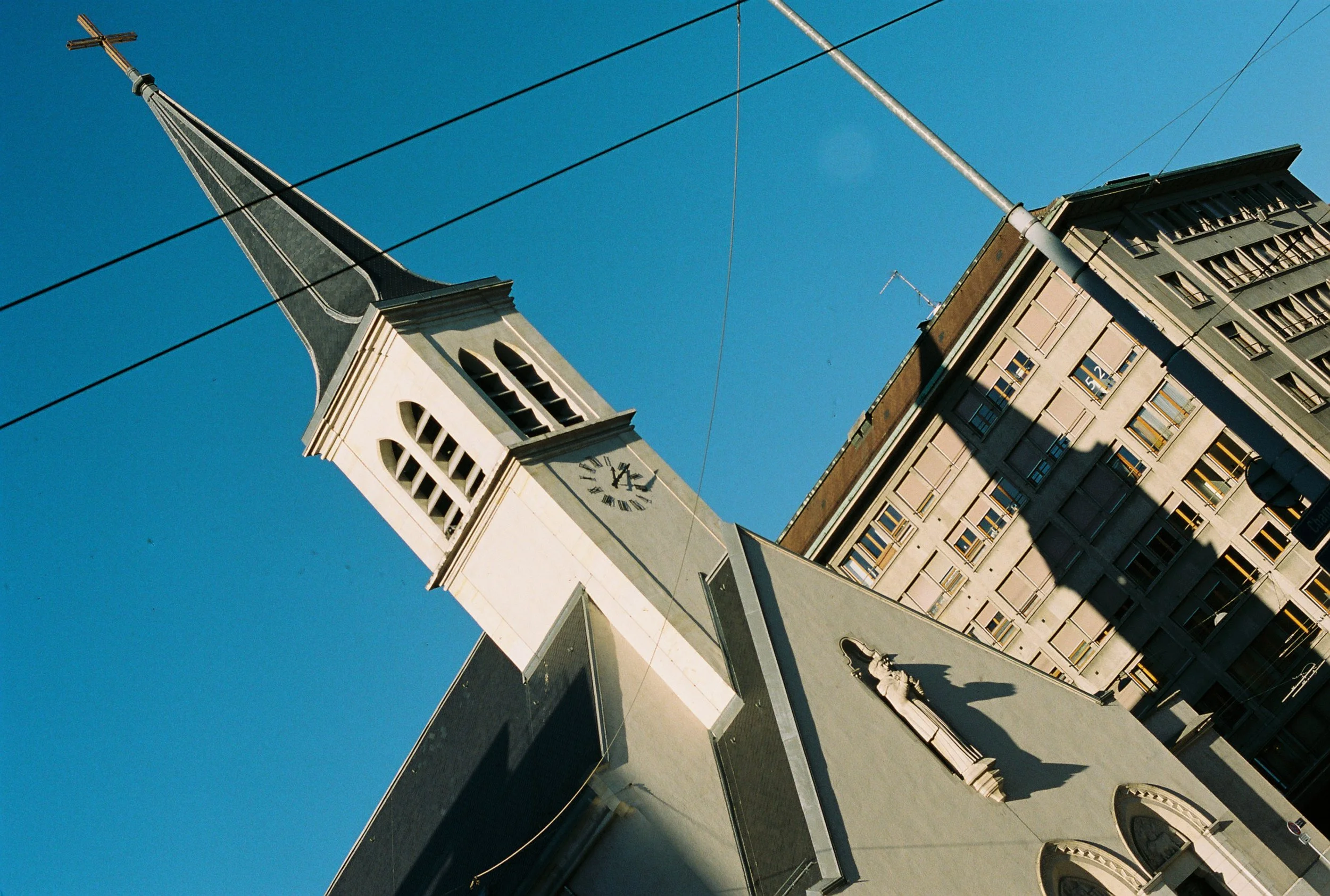
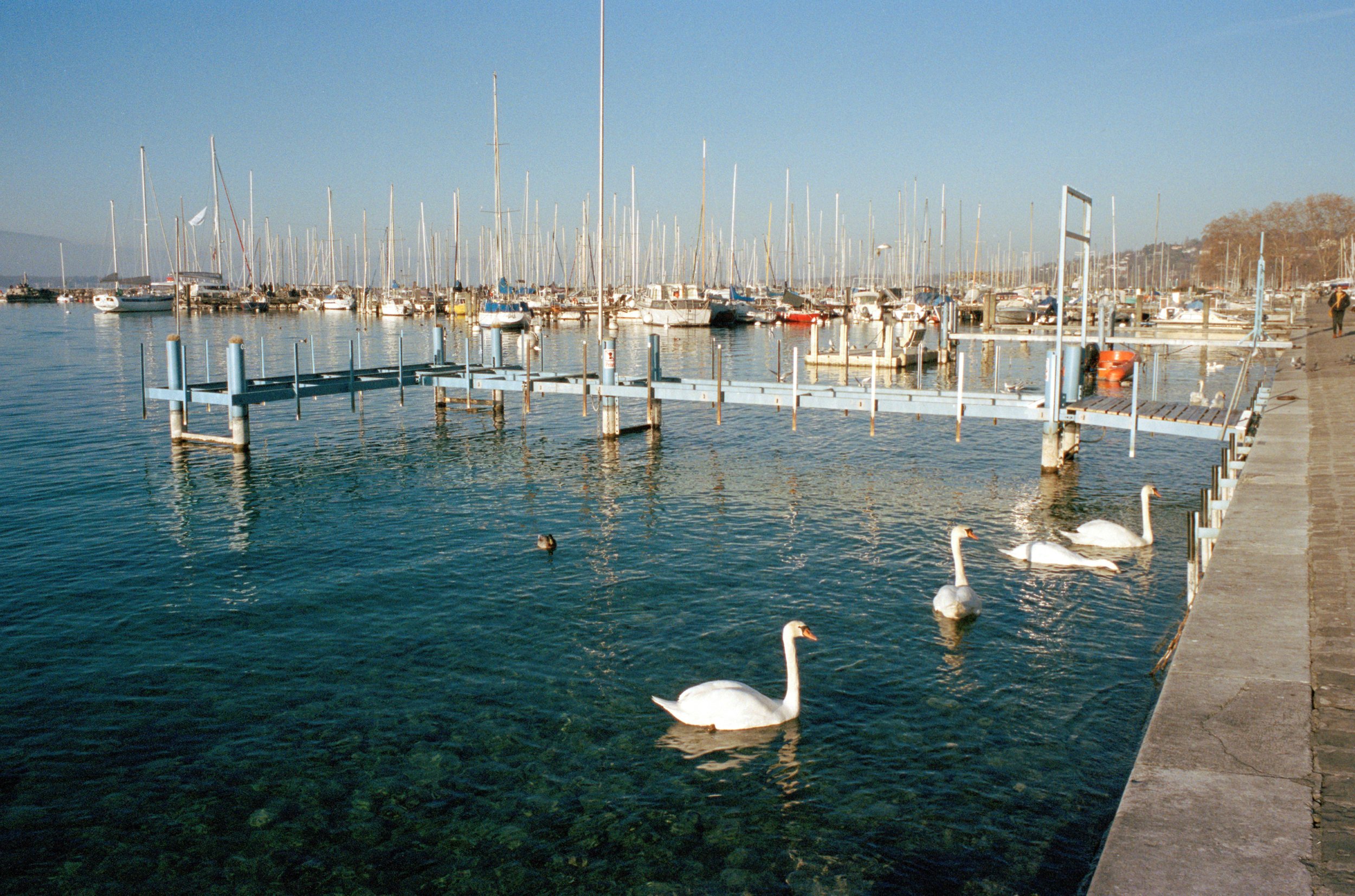

5. Cinestill 800T
Cinestill 800T, with its distinct cinematic look, is a fascinating choice for street photographers aiming to capture the vibrancy and dynamism of the urban nightscape. This high-speed colour film is balanced for tungsten light, making it exceptionally suited for evening and night photography where artificial lighting dominates the scene. The film's unique halation effect, where bright light sources bloom into soft, glowing areas, adds a dreamlike quality to street-lit photographs, evoking the feel of a movie scene.
With an ISO of 800, Cinestill 800T is designed to perform in low-light conditions, providing photographers the flexibility to shoot in a variety of settings—from dimly lit alleyways to neon-soaked streets—without compromising on speed or detail. This film stock stands out for its ability to render rich, saturated colours, especially in the blues and reds, bringing a dramatic and moody atmosphere to night-time street photography.
Moreover, Cinestill 800T’s versatility extends beyond its tungsten balance; it can also produce captivating results in daylight with the use of a colour correction filter, further broadening the creative possibilities for photographers. Its grain structure, while noticeable, complements the film’s aesthetic, adding character and depth to images. For those looking to infuse their street photography with a distinctive, cinematic quality, Cinestill 800T offers an unrivalled palette of colours and tones, making every shot a potential still from an urban tale yet to be told.

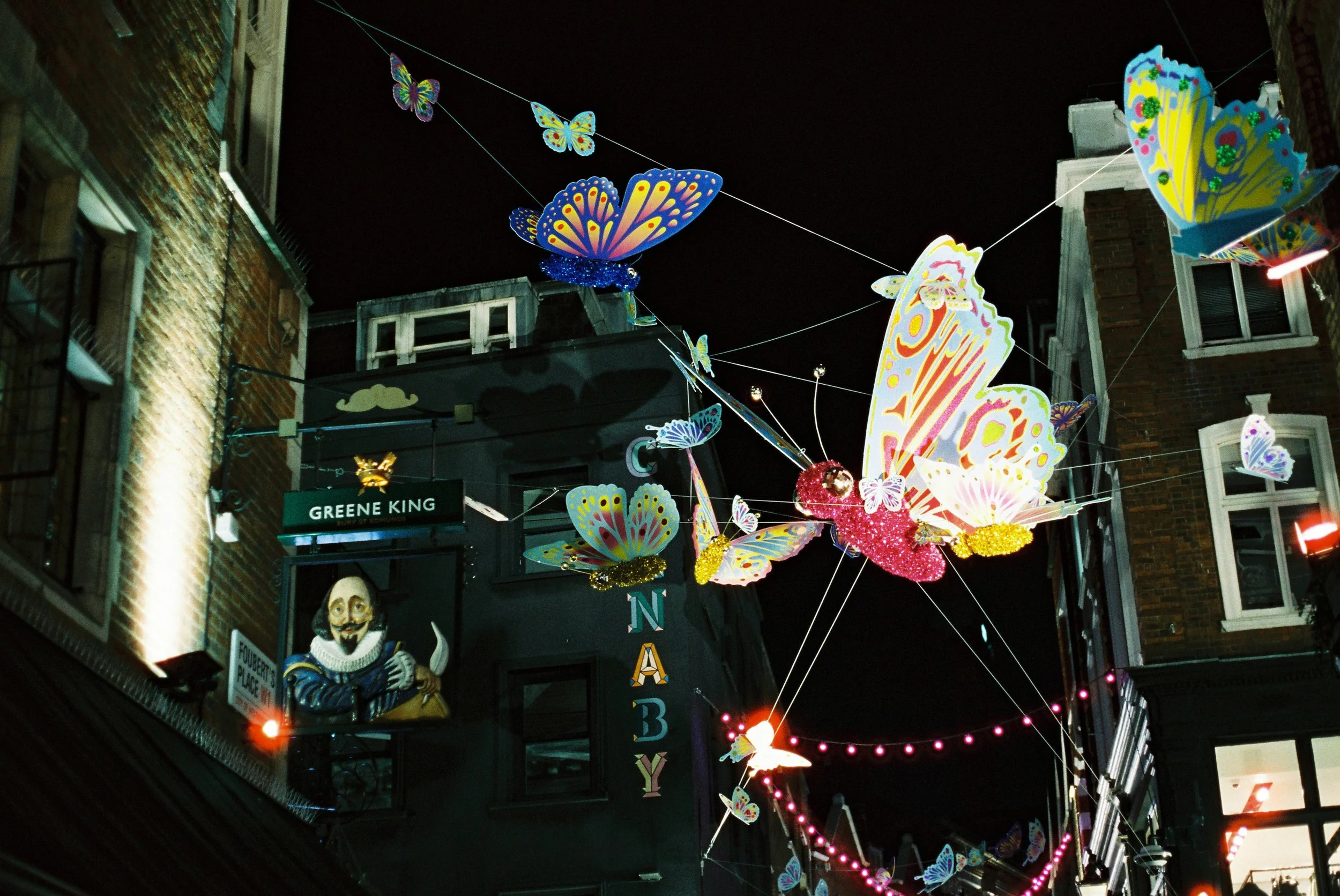
Conclusion
Choosing the right film stock is a pivotal decision in street photography, influencing not just the aesthetic of your images but also how you interact with the environment around you. From the forgiving latitude of Kodak Portra 400 to the dramatic contrast of Kodak Tri-X, the slower speed of Acros II to the pace of Cinestill 800T, each film stock offers a different way to capture the essence of the streets. Experimentation is key in finding the film that best matches your vision and style. I would always encourage you to try each of these film stocks and discover the unique perspectives they can bring to your street photography.
And don’t forget that after you’ve shot your film always send it to a trusted film lab who will be able to bring out the best in your images. You can subscribe to Nice Film Memberships for consistent results and great prices - and if you find yourself in the UK then send them into Analogue Wonderland’s lab!
What's your favorite film for capturing the energy and stories of the streets? Have you experimented with any of the films listed, or do you have another go-to film stock for street photography? Share your experiences and recommendations in the comments below.

